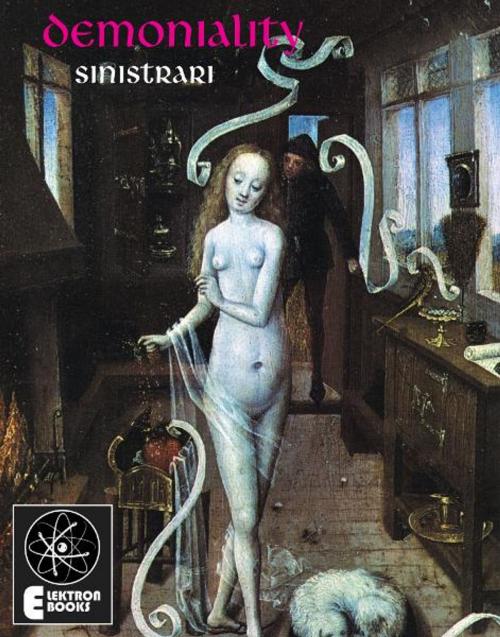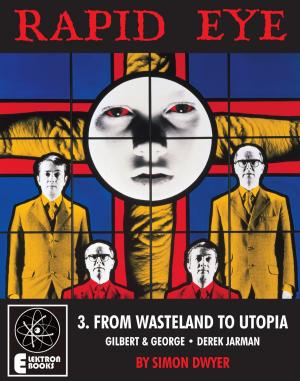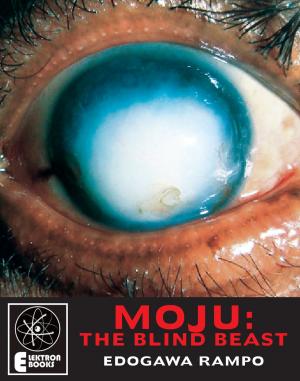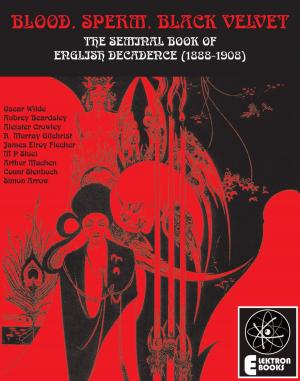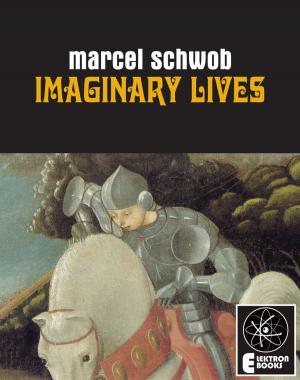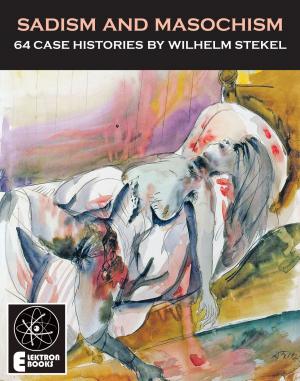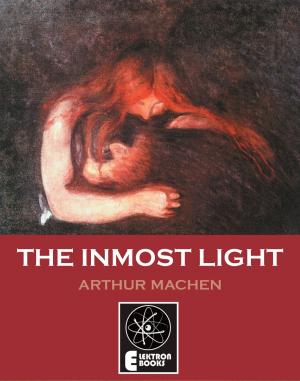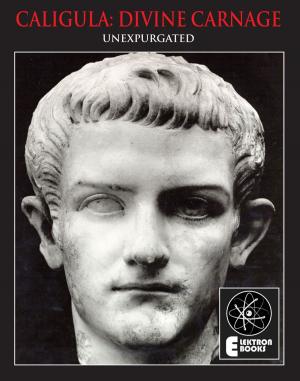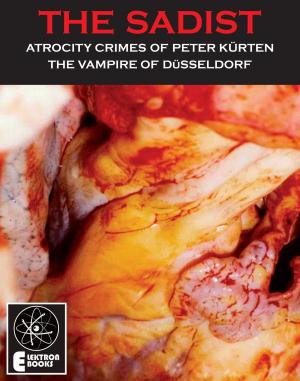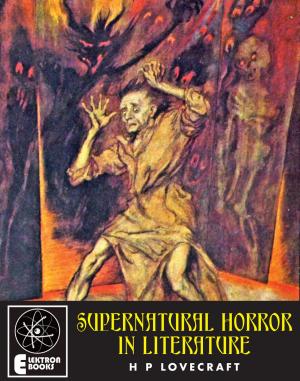Demoniality
Sex Between Humans and Demons
Nonfiction, Religion & Spirituality, Occult, Occultism, New Age| Author: | Ludivico Maria Sinistrari | ISBN: | 9781908694027 |
| Publisher: | Elektron Ebooks | Publication: | January 5, 2010 |
| Imprint: | Elektron Ebooks | Language: | English |
| Author: | Ludivico Maria Sinistrari |
| ISBN: | 9781908694027 |
| Publisher: | Elektron Ebooks |
| Publication: | January 5, 2010 |
| Imprint: | Elektron Ebooks |
| Language: | English |
The term "demoniality†was believed first coined by the author Juan Caramuel in his "Fundamental Theology", to designate an astonishing perversion sex between humans and demons. But it was the theologian Ludivico Maria Sinistrari (1622-1701) who first devoted a whole religio-metaphysical tract to demoniality, and fully defined it as a form of sexual activity distinct from mere bestiality; the ultimate difference being, according to Sinistrari, that bestiality as a term is only sufficient to cover intercourse with creatures of earthly substance, whereas demons do not, fundamentally, have such substance. Whereas bestiality suffices to describe "inter-species†intercourse, demoniality defines a more "trans-dimensional†union. Furthermore, Sinistrari proposes that it may be a form of necrophilia, a man violating a corpse which has been temporarily brought to life by a demon that possesses it. Sinistrari's tract, "De Daemonialitate et Incubis et Succubis", was believed to have been written around 1680. It was first published some two hundred years later by the bibliophile Isidore Liseux in Paris, in 1875, with the Latin text juxtaposed by a French translation. It was later translated into English, as "Demoniality", by the occult scholar Montague Summers in 1927. In carefully describing every detail of sex between demons, the incubus and succubus and mortals, Sinistrari covers such topics as the consistency of demonic semen and the relative size of demonic offspring. Along with other seminal works, also translated or edited by Summers, such as Henri Boguet's "Examen Of Witches", Nicolas Remy's "Demonolatry", and Francesco Maria Guazzo's "Compendium Maleficarum", "Demoniality" encapsulates the delirium of religious pornography which facilitated the greatest legalized holocaust of mass rape, torture and genocide in European history.
The term "demoniality†was believed first coined by the author Juan Caramuel in his "Fundamental Theology", to designate an astonishing perversion sex between humans and demons. But it was the theologian Ludivico Maria Sinistrari (1622-1701) who first devoted a whole religio-metaphysical tract to demoniality, and fully defined it as a form of sexual activity distinct from mere bestiality; the ultimate difference being, according to Sinistrari, that bestiality as a term is only sufficient to cover intercourse with creatures of earthly substance, whereas demons do not, fundamentally, have such substance. Whereas bestiality suffices to describe "inter-species†intercourse, demoniality defines a more "trans-dimensional†union. Furthermore, Sinistrari proposes that it may be a form of necrophilia, a man violating a corpse which has been temporarily brought to life by a demon that possesses it. Sinistrari's tract, "De Daemonialitate et Incubis et Succubis", was believed to have been written around 1680. It was first published some two hundred years later by the bibliophile Isidore Liseux in Paris, in 1875, with the Latin text juxtaposed by a French translation. It was later translated into English, as "Demoniality", by the occult scholar Montague Summers in 1927. In carefully describing every detail of sex between demons, the incubus and succubus and mortals, Sinistrari covers such topics as the consistency of demonic semen and the relative size of demonic offspring. Along with other seminal works, also translated or edited by Summers, such as Henri Boguet's "Examen Of Witches", Nicolas Remy's "Demonolatry", and Francesco Maria Guazzo's "Compendium Maleficarum", "Demoniality" encapsulates the delirium of religious pornography which facilitated the greatest legalized holocaust of mass rape, torture and genocide in European history.
